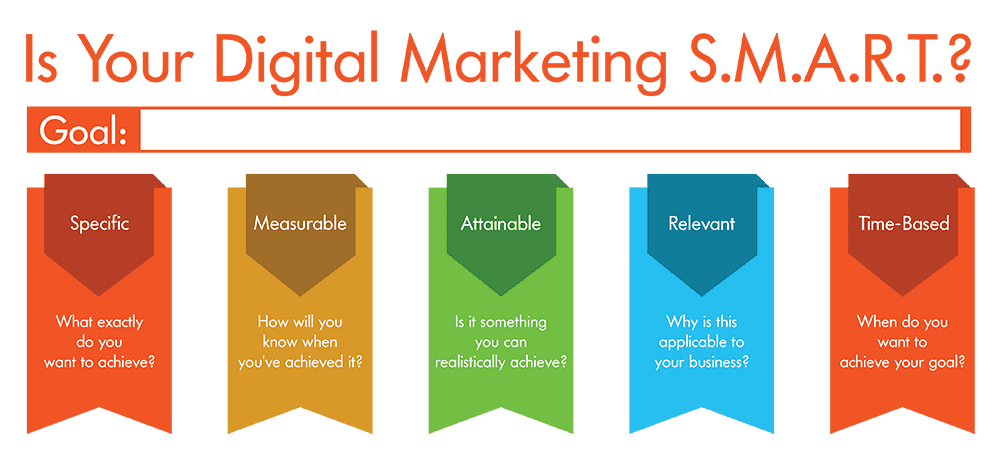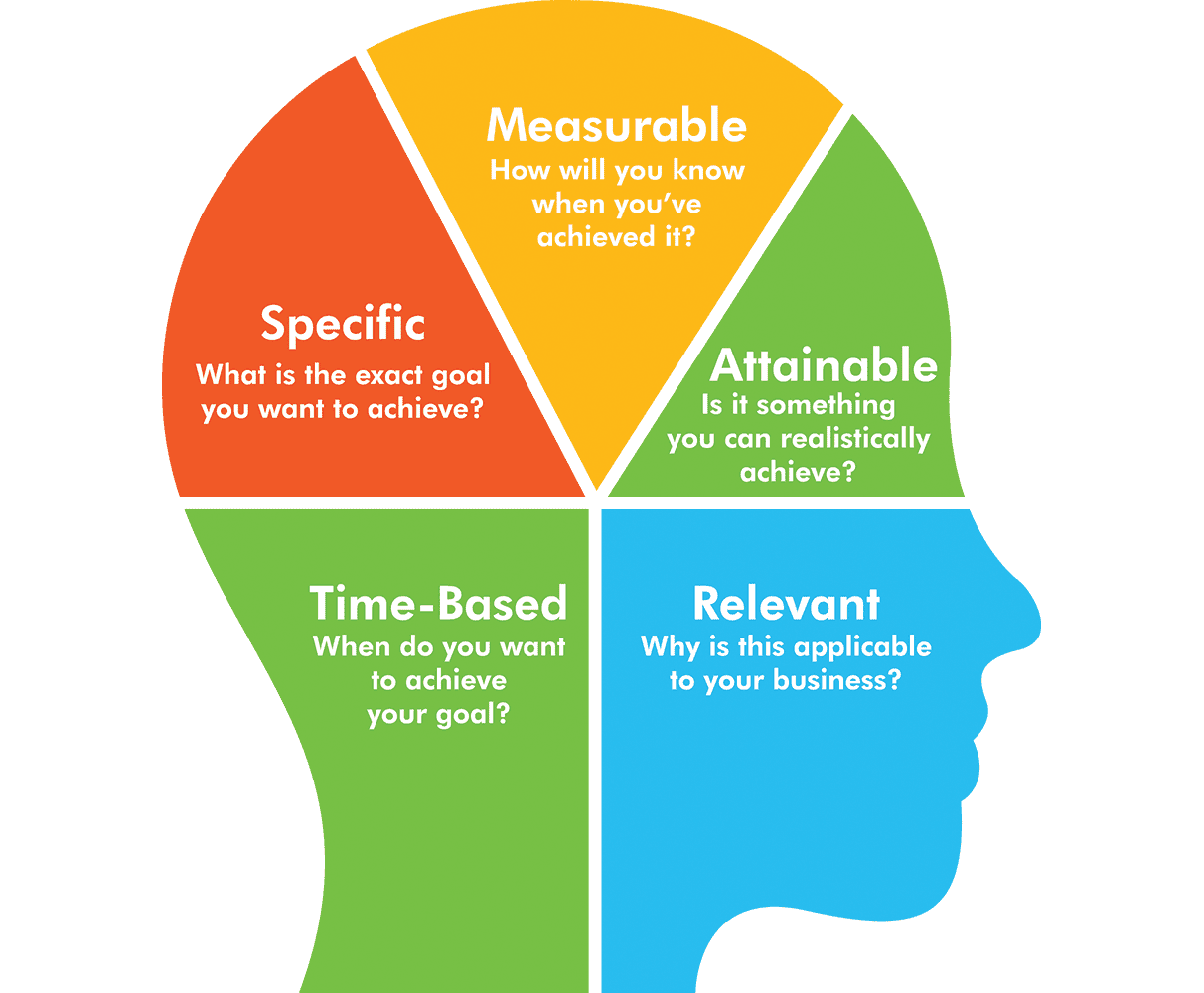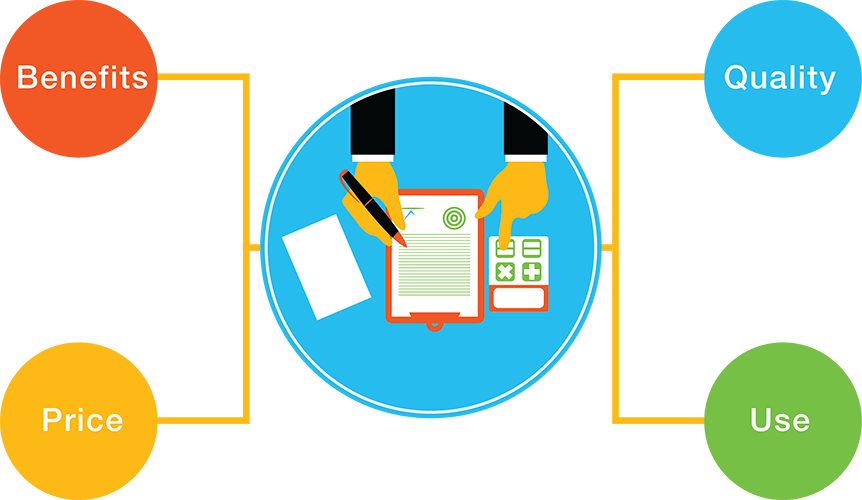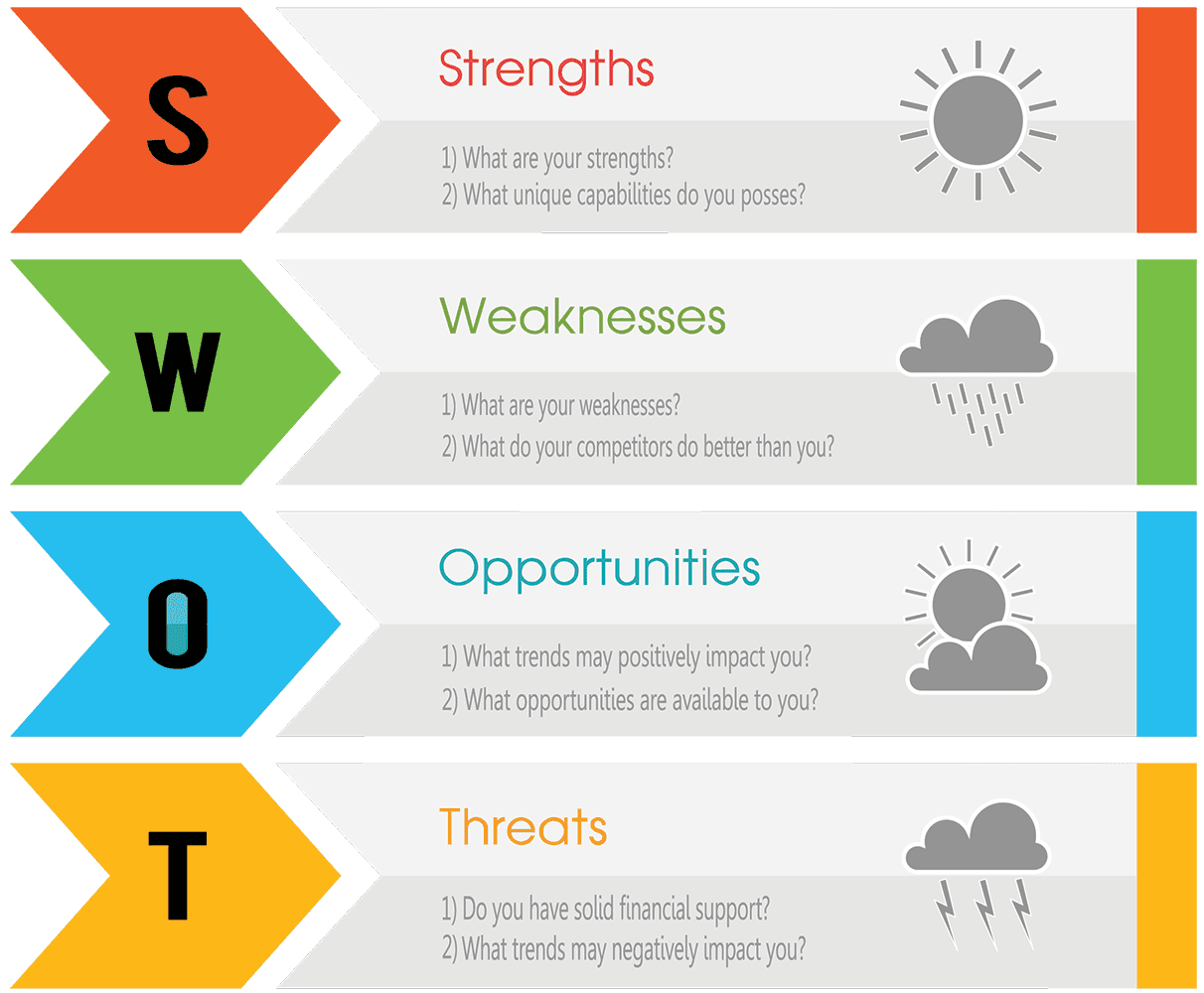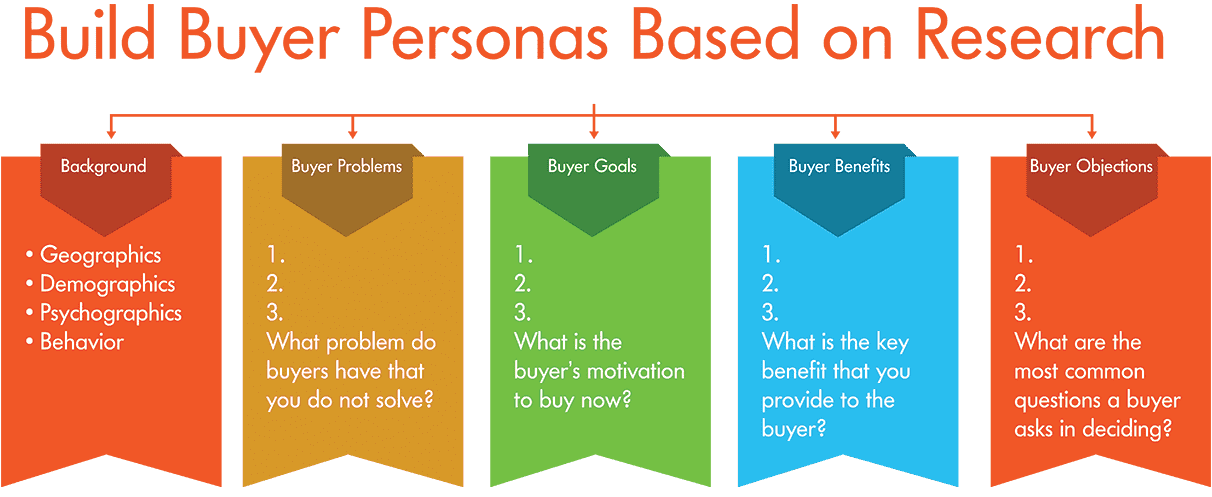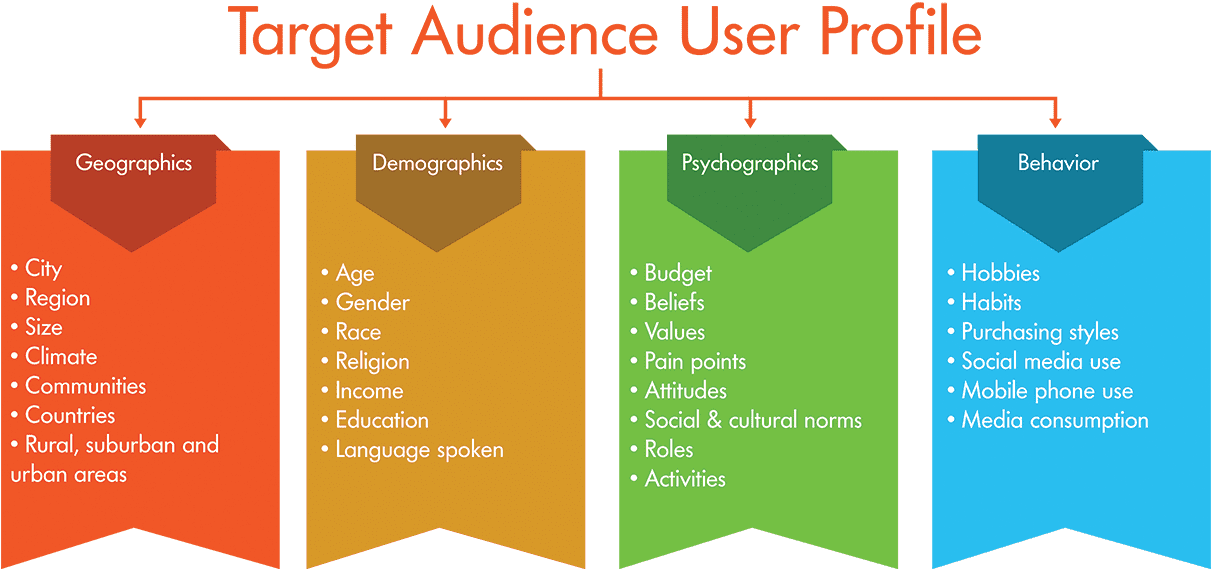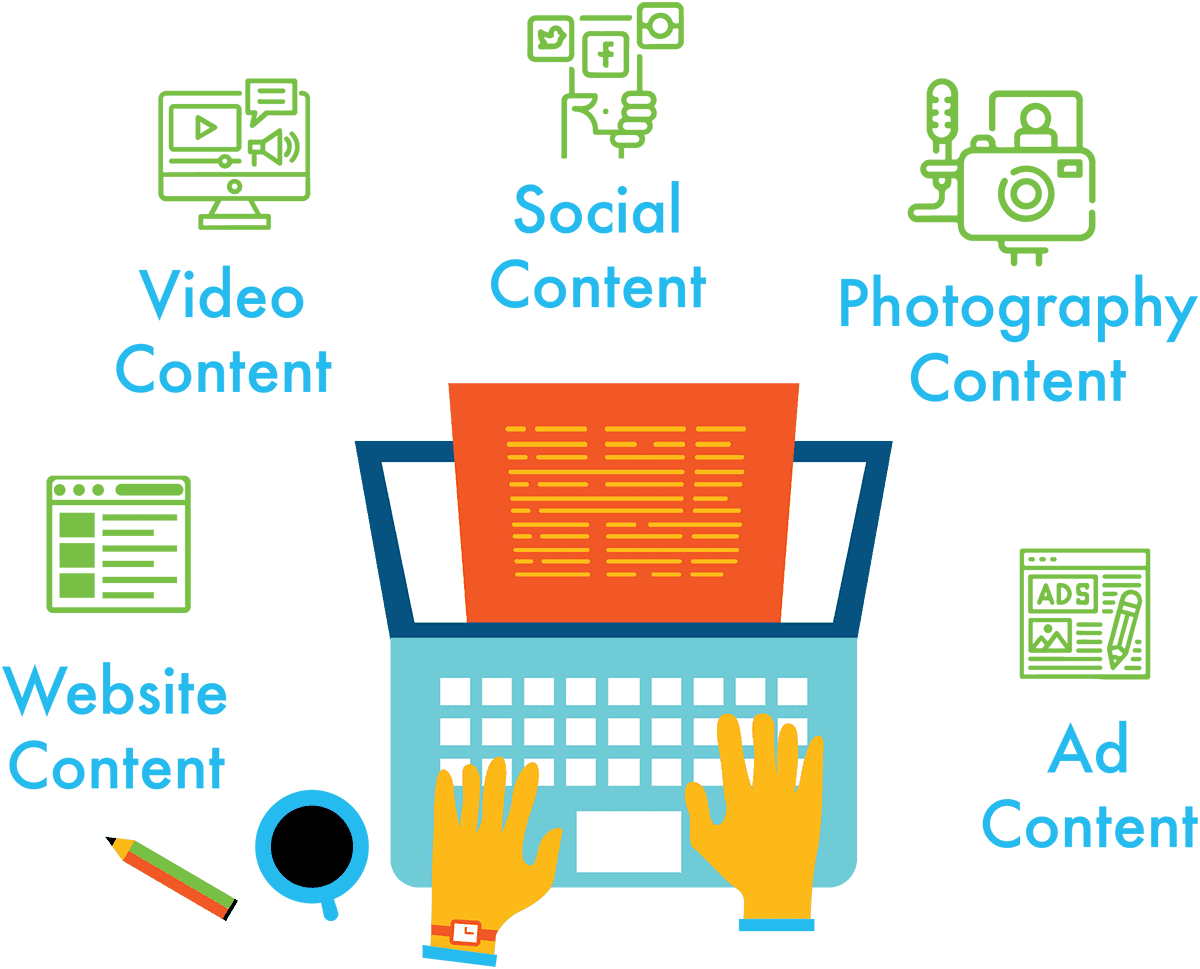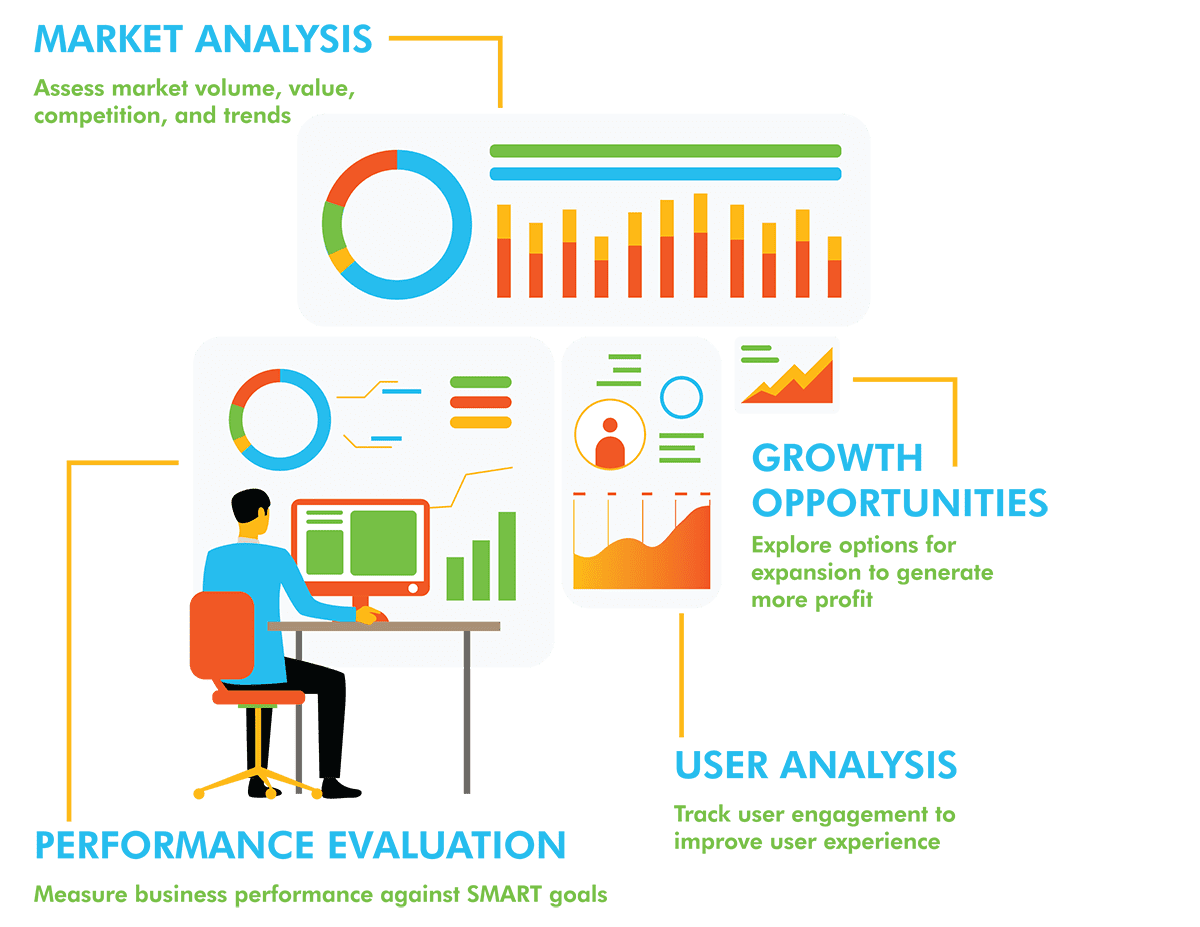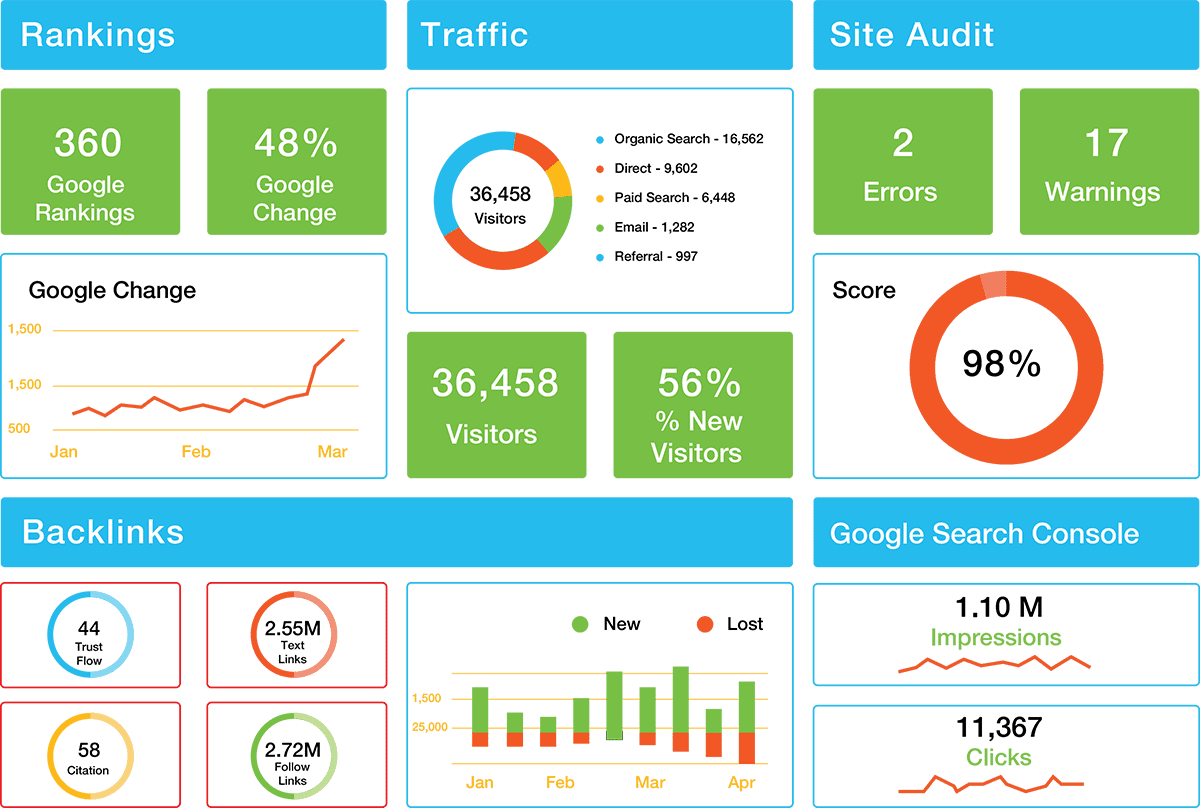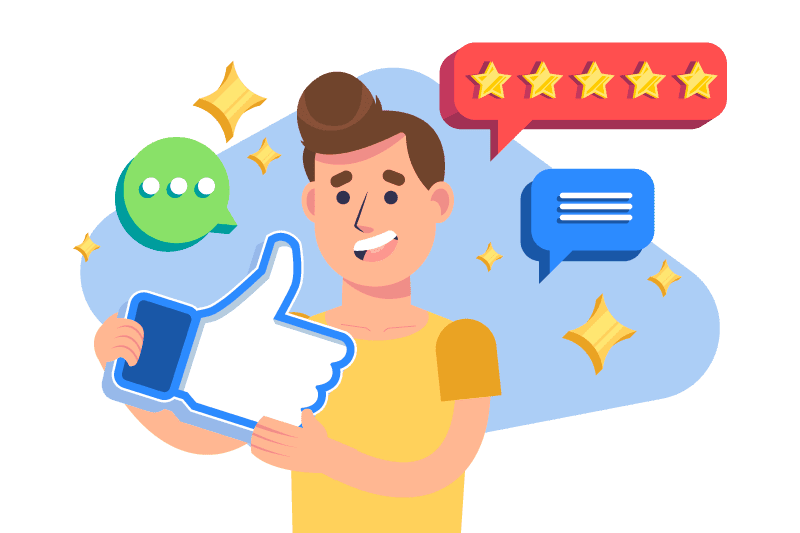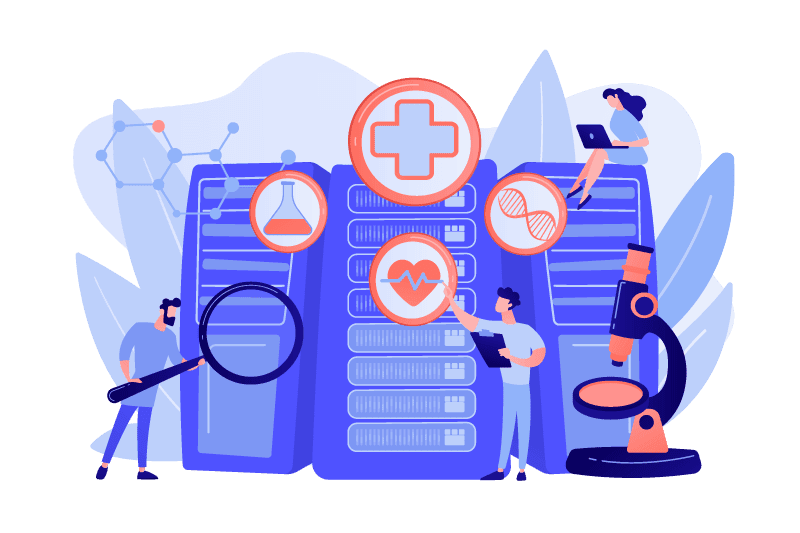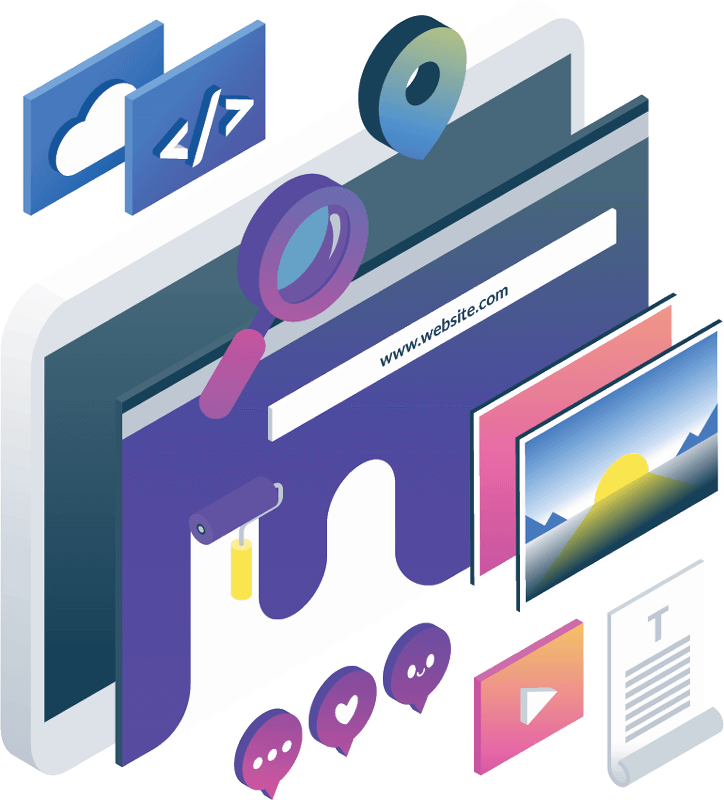Evaluate Your Marketing Strategy Often
It is important for marketers to regularly assess and update their marketing strategy. This involves analyzing current market trends, customer needs and preferences, and social, economic, and political factors that could affect their target audience. By doing so, marketers can make necessary adjustments to their targeting, creative, and ad placements to ensure they are effectively reaching their intended audience.
Frequent evaluation of a marketing strategy also helps to identify any issues or challenges that may arise, and provides an opportunity to address them promptly. This can help businesses stay ahead of the competition and adapt to changes in the market, ultimately leading to greater success and customer satisfaction.

